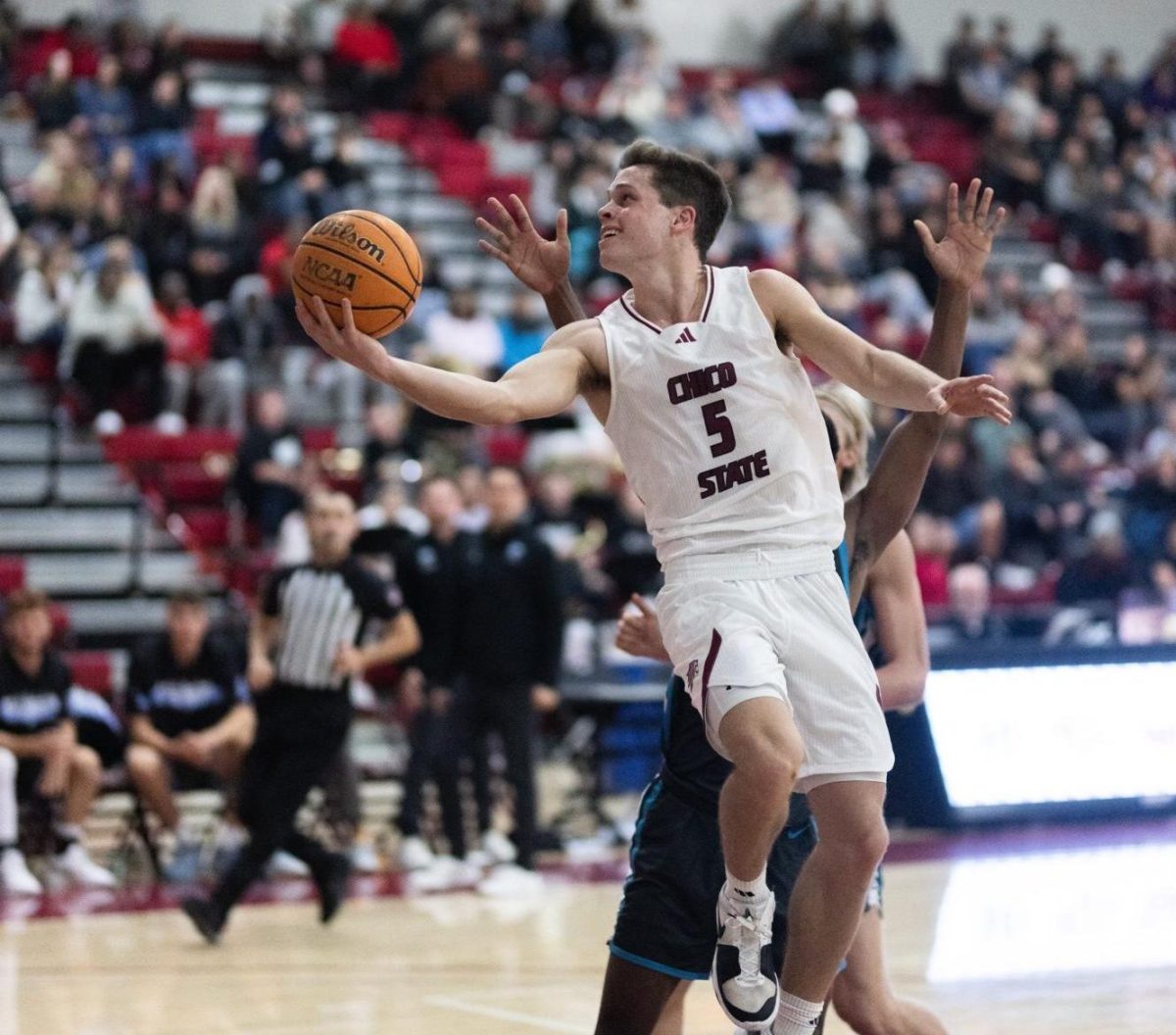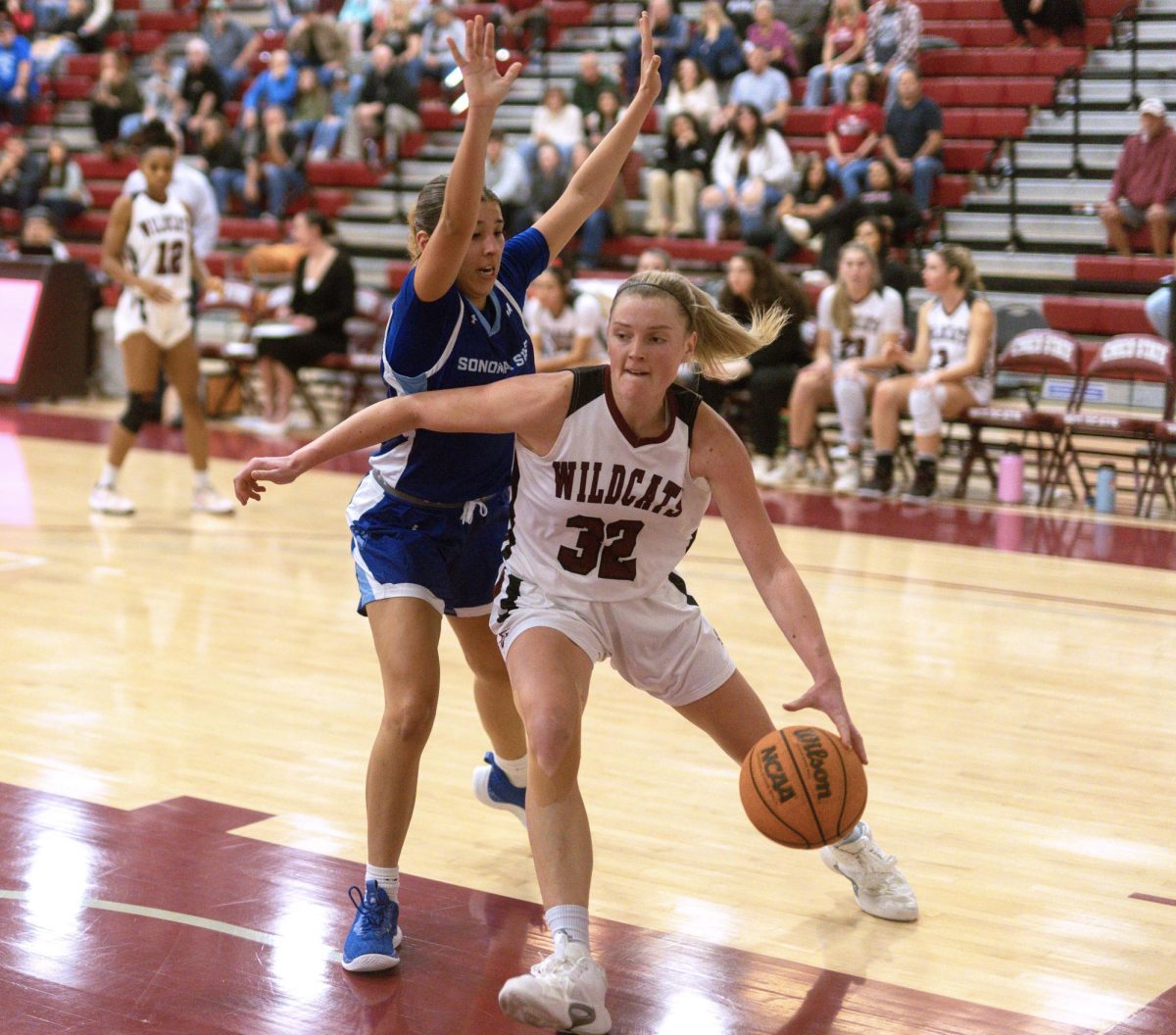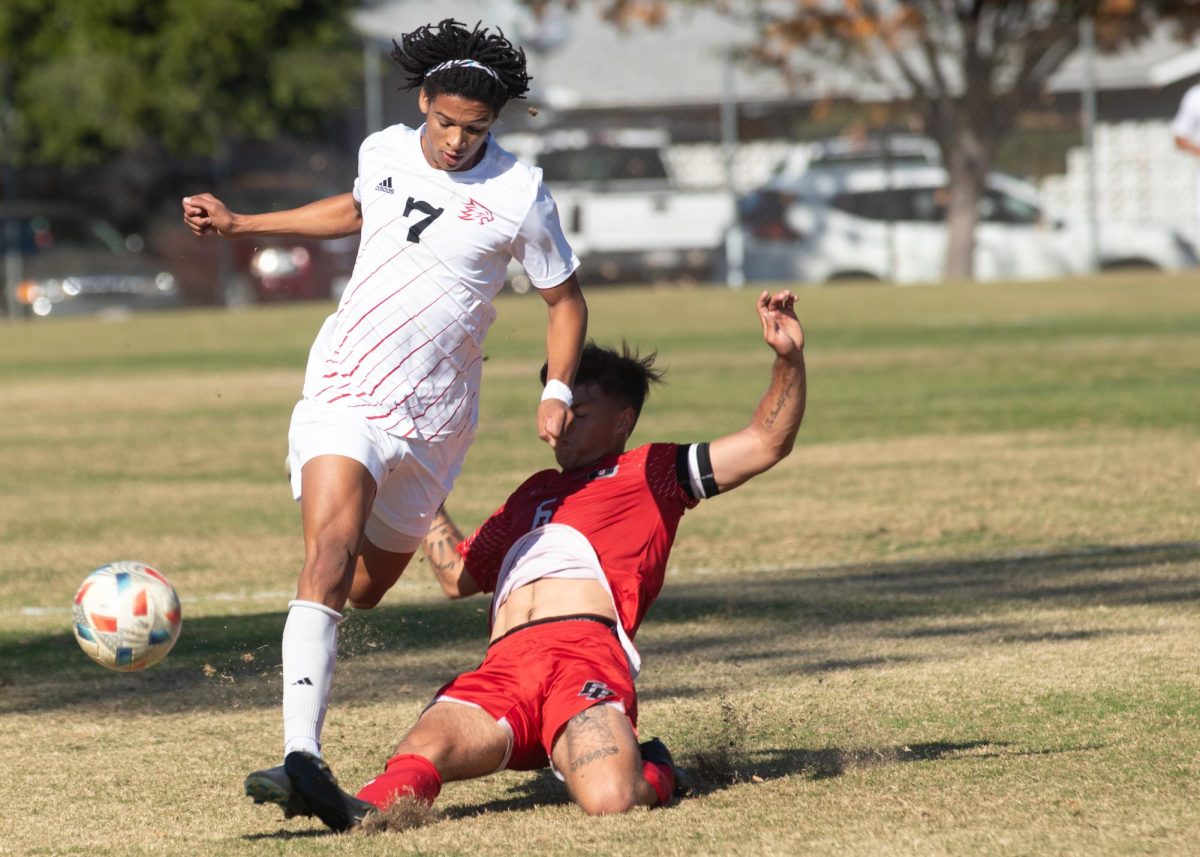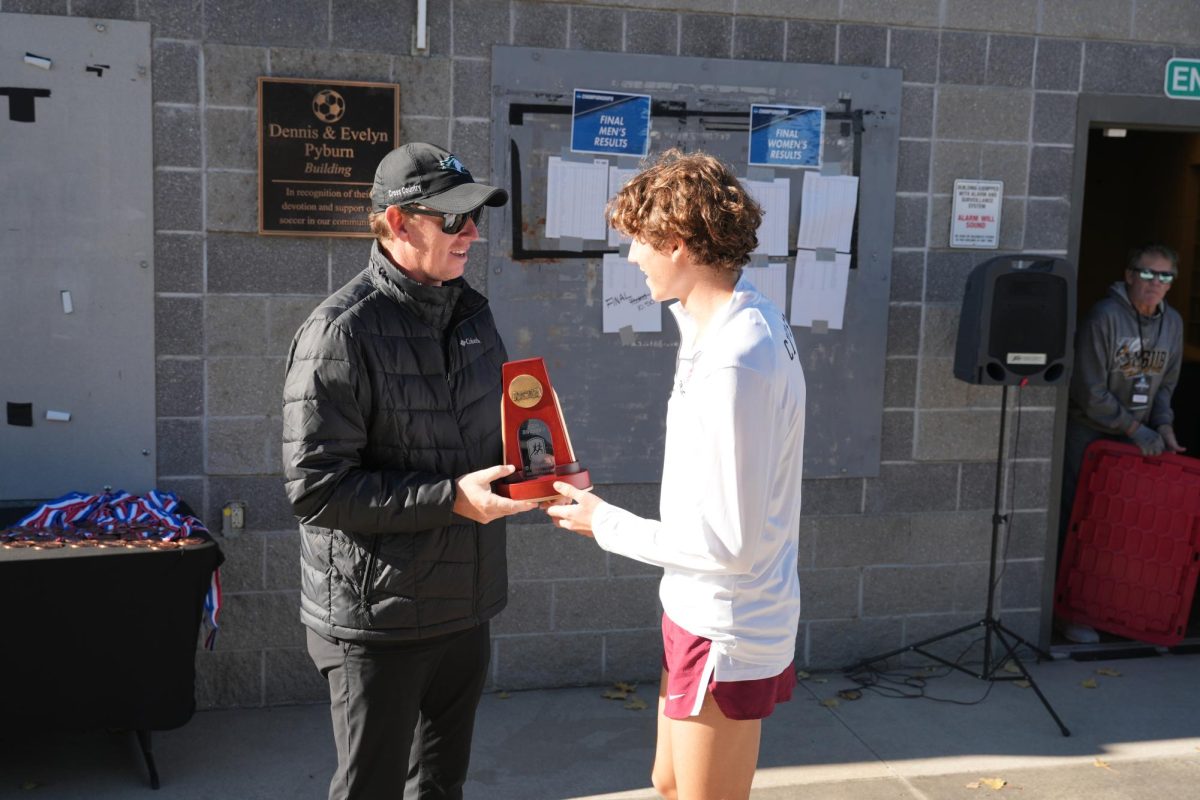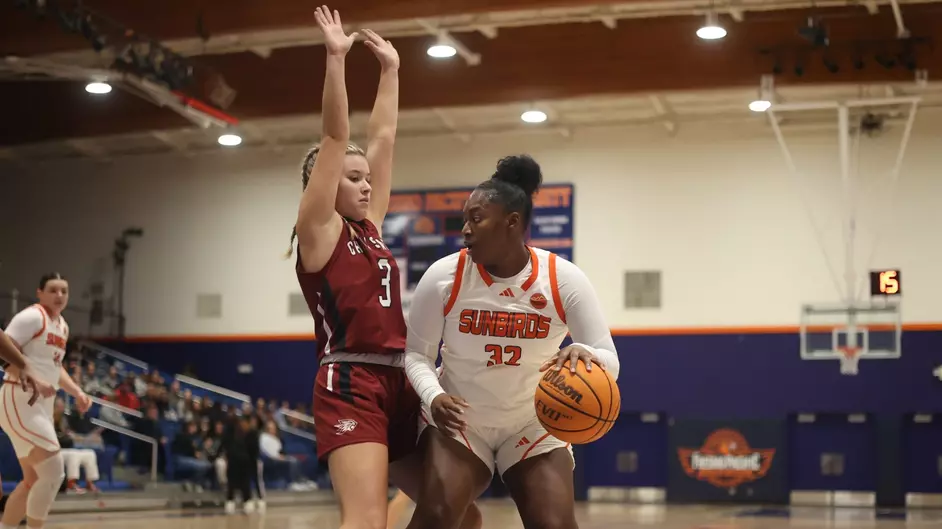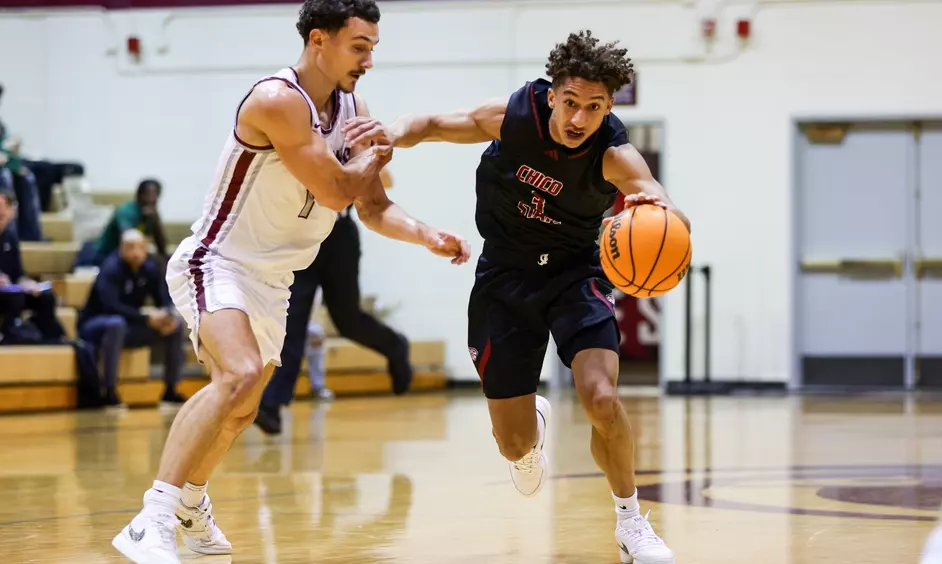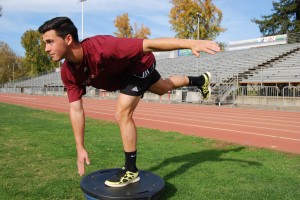
Peter Wajda, sophomore on the soccer team is showing a “T” stretch which helps to strengthen his knee after tearing his ACL.
When saddled with serious injuries, athletes are often compelled to think in the short-term.
Driven by the desire to persevere and return to form, they work at feverish pace to rehabilitate quickly and get themselves in shape by any means necessary.
But for some college athletes, these short-term goals could have long-term consequences that endure long after the season’s over.
Sean Park, a senior on the Chico State men’s basketball team, said that the desire to bounce back can be both a blessing and a curse.
Having been forced to rehab from two separate shoulder surgeries, Park speaks from experience.
“I think being injured and away from the game makes you more anxious to work hard,” he said. “But dealing with major injuries can really be a long-term problem for athletes.”
Although Park had both surgeries months ago, he still grapples with physical complications.
“The two shoulder surgeries took a combined 12 months to rehab from,” Park said. “Even now, the range of motion is severely limited in my right shoulder and I still experience slight pain from time to time. However, I am happy with how I have recovered from my myriad of injuries.”
Park doesn’t know whether the injuries he suffered will trouble him in the future.
“I am healthy and have been for a few years, so I am hoping that I can stay that way and remain injury-free for the rest of my life.”
Peter Wajda, a sophomore on the Chico State men’s soccer team, has spent considerable time working his way back from a knee injury he endured in high school.
“While intercepting a pass, I tore my ACL in the first practice of my senior season at Jesuit High School in Sacramento,” Wajda said. “I turned left without any contact when, all of a sudden, I heard a loud pop.”
Injuries to the anterior cruciate ligament have become increasingly prevalent among college-aged athletes. They are frequently twisting injuries that can increase in severity over a 24-hour period in the absence of proper treatment.
Long-term success of an ACL-only reconstruction is frequently quoted as high as 95 percent, with a six-to-nine month window of necessary recovery. However, surgeries that require the repair of several ligaments can be much less successful, with only 20 percent of patients reporting that their knee healed within 85 percent of pre-injury strength.
Wajda continues to work through physical symptoms on a daily basis despite dedicating a full year to his recovery,
“The injury took a year to recover from, but I wasn’t able to get back to playing at full health until just over a year,” Wajda said. “I still have to deal with hamstring problems that come and go. In terms of everyday life, I have to deal with occasional sudden tightness.”
When asked if he thinks his injury might hinder life once his playing days are over, Wajda said that the future is anything but certain.
“It’s not easy to tell right now,” Wajda said “However, I do feel that when my soccer career is done and my exercise is reduced from what I am presently used to, things like running will become much more difficult because of the tightness in my hamstring.”
Injuries to the lower extremities and upper body can be easy to spot and diagnose. However, injuries that we don’t always see, such as concussions and brain injuries, can be the most dangerous.
Brianna Furner, a junior on the Chico State women’s soccer team, has dealt with the unpredictable nature of concussions firsthand.
“I sustained a concussion during warmups before one of our games in the beginning of the year,” Furner said. “I’m the goalie, so I dove to save a ball and I ended up hitting my head against the ground.”
Furner said that the injury took a significant toll on everyday life, complicating many of the ordinary things she took for granted.
“The injury impacted my life during recovery because I would always have a headache,” Furner said. “I would have pressure in my head if I moved too fast and I was slightly sensitive to light in the beginning. It really impacted my sport because I could play in the game and I couldn’t participate in practice during that week.”
According to a December 2012 study by the Sports Concussion Institute, 5 to 10 percent of athletes will experience a concussion in any given sport season, with football the most common sport with concussion risk.
Additional research suggests that for every concussion, a person is one-to-two times more likely for a second; two-to-four times more likely for a third; and three-to-nine times more likely for a fourth.
Although conscious of the potential for future health issues, Furner said she is optimistic about her chances of leading a normal, concussion-free life after sports.
“I am not necessarily concerned if that exact concussion will have long-term impact on my life after college,” Furner said. “If anything, I am more concerned that if I get another one, it could potentially affect me in the long-run. I don’t want to struggle with consistent headaches or some type of memory loss.”
Taylor Maddox can be reached at
@theorion_sports on Twitter n tightness.”
When asked if he thinks his injury might hinder life once his playing days are over, Wajda said that the future is anything but certain.
“It’s not easy to tell right now,” Wajda said “However, I do feel that when my soccer career is done and my exercise is reduced from what I am presently used to, things like running will become much more difficult because of the tightness in my hamstring.”
Injuries to the lower extremities and upper body can be easy to spot and diagnose. However, injuries that we don’t always see, such as concussions and brain injuries, can be the most dangerous.
Brianna Furner, a junior on the Chico State women’s soccer team, has dealt with the unpredictable nature of concussions firsthand.
“I sustained a concussion during warmups before one of our games in the beginning of the year,” Furner said. “I’m the goalie, so I dove to save a ball and I ended up hitting my head against the ground.”
Furner said that the injury took a significant toll on everyday life, complicating many of the ordinary things she took for granted.
“The injury impacted my life during recovery because I would always have a headache,” Furner said. “I would have pressure in my head if I moved too fast and I was slightly sensitive to light in the beginning. It really impacted my sport because I could play in the game and I couldn’t participate in practice during that week.”
According to a December 2012 study by the Sports Concussion Institute, 5 to 10 percent of athletes will experience a concussion in any given sport season, with football the most common sport with concussion risk.
Additional research suggests that for every concussion, a person is one-to-two times more likely for a second; two-to-four times more likely for a third; and three-to-nine times more likely for a fourth.
Although conscious of the potential for future health issues, Furner said she is optimistic about her chances of leading a normal, concussion-free life after sports.
“I am not necessarily concerned if that exact concussion will have long-term impact on my life after college,” Furner said. “If anything, I am more concerned that if I get another one, it could potentially affect me in the long-run. I don’t want to struggle with consistent headaches or some type of memory loss.”
Taylor Maddox can be reached at [email protected] or @theorion_sports on Twitter.




